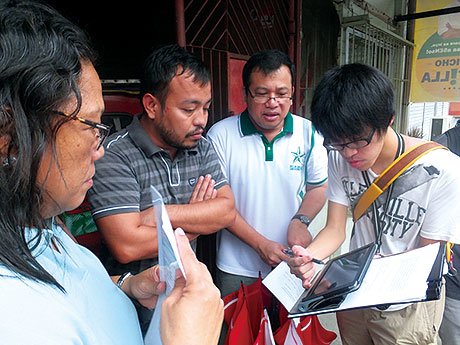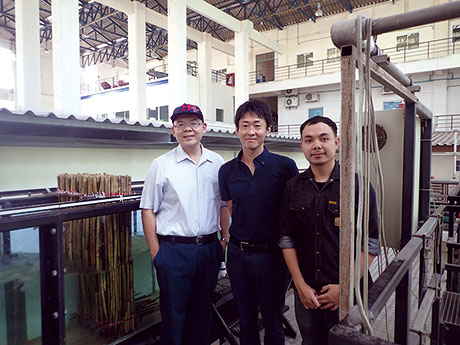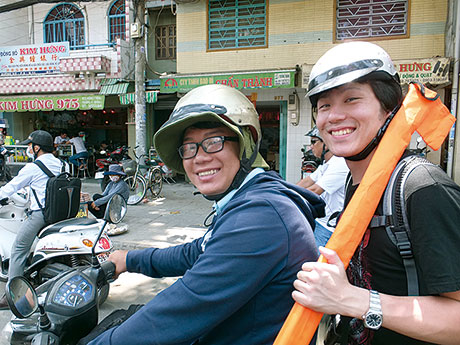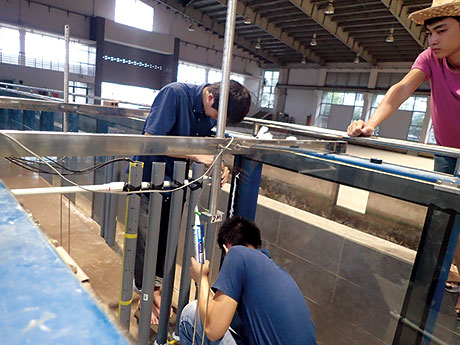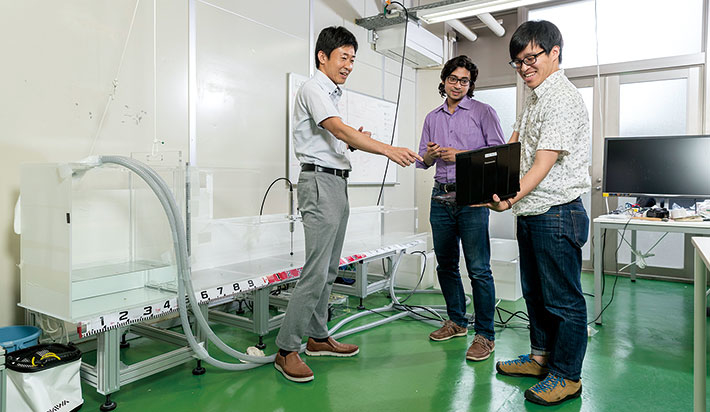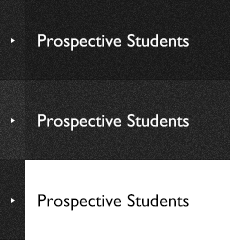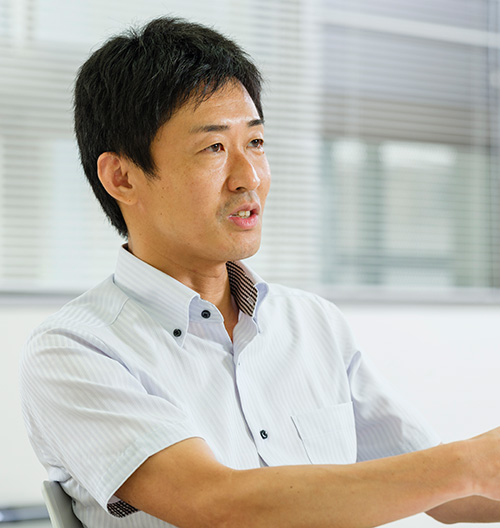
Hiroshi Takagi
Associate Professor, Department of Transdisciplinary Science and Engineering, School of Environment and Society
1997: Graduated from Department of Civil Engineering, College of Engineering, Yokohama National University. 1999: Completed graduate study at Faculty of Engineering, Yokohama National University. 1999: Joined Penta-Ocean Construction Co., Ltd., working in Institute of Technology, International Divisions Group, and other groups. 2005 to 2011: Research associate, Faculty of Engineering, Yokohama National University; research staff, Waseda University; associate expert, Japan International Cooperation Agency (JICA); and others.
Joined Tokyo Tech in 2011 as an associate professor of the Department of International Development Engineering, Graduate School of Science and Engineering and has been at his current post since 2016. Doctor of Engineering, Professional Engineer (Civil Engineering).
Laboratory
Researcher Profile
Disaster prevention research can be broadly categorized into those which study a region's vulnerability to disasters and those which investigate countermeasures. Many approaches are used, including field surveys and computer simulations, probability and statistical analyses, modeling using experiment flumes, and field demonstrations. One particular area that Takagi focuses on is disaster prevention measures which harmonize with the regional environment.
"I call it a hybrid model. I would like to combine modern elements with local elements to develop feasible technology which, all in all, is useful for preventing disasters." (Takagi)
In Japan, a fundamental concept in disaster prevention is to use concrete/steel to create strong structures. However, in Asia's developing countries, with financial, environmental, and other constraints, alternative solutions must be found. One example of a concept rooted in the region is to create ecological buffer zones of mangroves, for example, in front of and behind dikes. Instead of relying only on something solid or something flexible, the perspective to combine various elements that can each compensate for the others' weaknesses as they work in harmony with the environment "becomes more indispensable the weaker the financial base of the developing country is," explains Takagi.
"In Thailand, which has developed fishing and aquaculture industries, bamboo is a traditional technology, and there are attempts to utilize bamboo as breakwaters. Though there are still many failure cases, I have hopes that such improvised technology will advance and take root locally, as long as there is a process to verify them by applying science and engineering assessment, and provide feedback." (Takagi)
Bangladesh, which has seen many disasters of even greater severity than those in Japan, also has disaster prevention measures unique to the region. Due to constraints in public finances and geological condition, robust dikes cannot be simply built. Instead the way to save lives in times of disaster is to flee. Just flee. To ensure people do not get left behind, volunteers lead the elderly to evacuation facilities called cyclone shelters, and disaster prevention education in school is very comprehensive. Such mechanisms and culture to establish fleeing as fundamental knowledge is something Japan could learn from. That knowledge has developed from experiences over decades of being struck by disasters.
The reality is that Asia, with its density of developing countries, has a high concentration of disaster sources, such as earthquakes, typhoons, and volcanic eruptions. The population is also exceptionally large and concentrated in low-lying, flat terrain such as islands, coastlines, and deltas. This puts the area at higher risk for coastal disasters than much of the world. The five worst coastal disasters in the 21st century by number of casualties were all in Asia, and just these produced over 400,000 casualties.
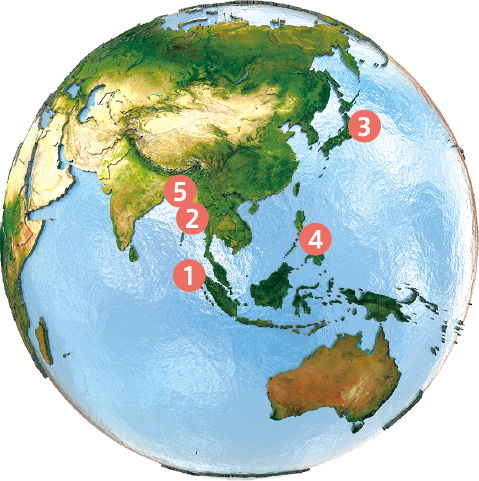
Five worst coastal disasters in the world since 2001 by approximate casualty count
-
Indian Ocean tsunami (Indonesia, Thailand, and others; 2004)
250,000 persons
-
Cyclone Nargis (Myanmar; 2008)
140,000 persons
-
Great East Japan Earthquake and Tsunami (Japan; 2011)
18,000 persons
-
Typhoon Haiyan (Philippines; 2013)
7,000 persons
-
Cyclone Sidr (Bangladesh; 2007)
4,000 persons

Jakarta (Indonesia)
Disaster surveys bring researchers face-to-face
with both human frailty and resilience

Macau (China)
The proliferation of smartphones has made it much easier
to access information during a disaster situation
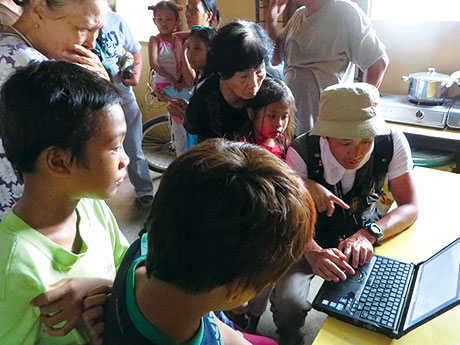
Philippines
Interviewing a family who evacuated
by walkinged through floodwater of a storm surge
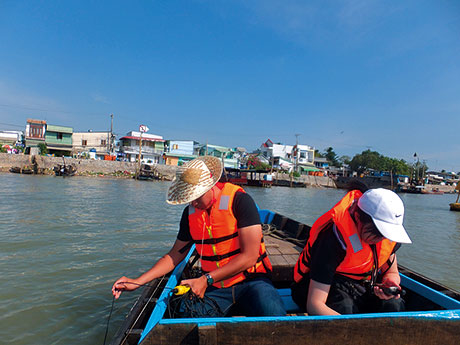
Mekong (Vietnam)
Data is not often easy to acquire in developing countries.
Researchers must collect it themselves
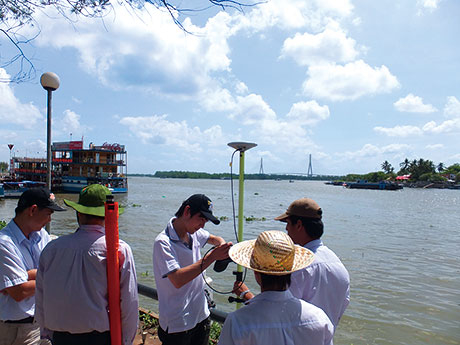
Mekong (Vietnam)
Accurate topographical surveys are essential
in low-lying deltas; taking time to calibrate instruments

Hoi An (Vietnam)
Surveying flood damage at a world heritage site;
balancing tourism and disaster prevention is a worldwide concern

Myanmar
Cyclone survivors of a village
— some nearby villages were completely wiped out
Contrary to the high disaster risk, the number of people in developing countries researching disaster prevention is extremely low. This is dependent on a country's stage of development. When the country has little to spare, there are not enough public funds to be put toward disaster prevention, the environment, or other fields which hardly produce direct economic value.
"Is anyone able to consider disaster prevention at an early stage of economic development? If cities build upon a reliable infrastructure of disaster prevention, it leads to sustained development over tens or hundreds of years. There are people who have studied in Japan and are continuing their research in universities in their home countries. If we continue conducting collaborative research with these researchers of Asia and accepting international students, the pool should grow in 20 to 30 years." (Takagi)
Takagi's various research collaborations, with researchers both in Japan and abroad, are certainly interdisciplinary*. Surveying disaster risks on-site requires elements of the natural sciences, devising countermeasures requires elements of engineering, and the behavior of people during disasters is connected to elements of the social sciences and psychology. The range of disciplines involved continues to grow. This shows that the field of disaster prevention is inherently large, and to study it comprehensively requires an interdisciplinary approach combining the humanities and sciences.
From a science and engineering perspective, solutions are sought by observing natural disasters and expressing their dynamics as physical equations. With a completed model, predictions can be made, though with uncertainty, using computer simulations. "But when we find out one thing, we also find many more things we don't know. When people flee, that involves psychology, the environment, the society, beliefs, and even elements of religion. This makes modeling very difficult. The results from each field coexist, and the interesting part of disaster prevention research is to find commonalities or truths among them," states Takagi.
"For example, we know that gravity is the determining factor for some phenomena, but we don't know what is at work in determining how people will act. We could make a model, but there is no way to verify whether it would be correct. The good thing about interdisciplinarity is that running out of ideas or stopping to think are not necessarily wrong. We can question things or step back and look at everything as a whole. Being able to distance myself a bit from thinking in terms of science and be humble is something that draws me to interdisciplinary research." (Takagi)
How people act in disasters varies by country or region, and different treatments of men and women based on religious beliefs can create a bias that affects evacuation. Takagi notes that such differences in values and customs can be discovered by talking with international students.
Regional differences can lead to research in disaster risks. An international student from Vietnam currently studying in Takagi Lab is researching typhoons which can arise in the Mekong Delta, lying at the southern end of Vietnam. The area was hit by a typhoon 20 years ago, resulting in approximately 3,000 casualties. Surprisingly, however, its details are mostly unknown, even in Vietnam. This is because no scientific survey was conducted, leaving no records. As the situation stands, it cannot be applied to countermeasures, thus risking tremendous damage in the future. A similar case occurred in Myanmar in 2008 with Cyclone Nargis. The cyclone resulted in 140,000 casualties as a consequence of local inhabitants being completely unaware of such extreme weather events.
Regions which experienced a major disaster attract people, materials, budgets, and progress dramatically in disaster prevention measures. On the other hand, awareness and interest in disaster prevention remain low in regions which have not experienced major disasters, which means no progress is made in implementing countermeasures, creating a dilemma that could lead to a major disaster in the future. Takagi puts much effort into assessing disaster risks in such regions as well.
"International agencies such as the World Bank and Japan International Cooperation Agency (JICA) cannot undertake projects without an explicit need. Their projects are created only when requests or demands are received. This research is something only universities can do, and I believe it will become a force to draw people's attention and get them to realize that there is a risk." (Takagi)
Though not connected to any needs at first glance, basic research by universities becomes an asset for future Japan in addition to developing countries. In Japan, with its aging population and low birth rate, what should the policy be for maintaining the enormous amount of disaster prevention facilities already built and keeping them for the next generation? To this Takagi puts forth his hybrid model of disaster prevention, with hopes to "cultivate ideas and technology, first in developing countries, using local materials as buffers to prolong the life of actual structures, while also continuing to conduct research in universities. Then, once those advances get established, we can reimport them back to Japan."
Takagi's work with various sites on disaster prevention while working in the private sector, as well as his disaster surveying work in Japan and internationally while a research associate at university led him to his research today. He even experienced a storm surge in person while working at a harbor construction site and desperately held the office door closed as seawater pounded against it. This is why he values the on-site perspective. He first goes on-site and identifies what the problems are, then sets his research target. While the trend in research is to view things from a global perspective, Takagi consistently works bottom-up, starting from the local perspective. This stance is alive in his teaching, and he brings along students to site surveys as much as possible, whether the site is in Japan or abroad.
"Of course, since it is an aspect of education, I research security and other factors beforehand and choose the destination with care. Students accomplish their work at the site, and I hope that the experience adds a realistic meaning to their research. Also, we now have several international students in our lab. Japan is seen, particularly by Asian countries, as a nation that has experienced many disasters and overcome them, and that is why people want to come here to study. I want to create a place where students from abroad and students from Japan are able to form networks. Wherever they go in the world, it will definitely be an asset. So I feel it is my calling to host this place where students can connect." (Takagi)
In addition to going on-site to identify risk, another practice Takagi values is to conduct research that enables him to propose solutions. He stresses the importance for researchers to ask themselves how they would survive and to think of specific solutions. This interdisciplinary thinking inherent to diversity is a part of the attraction to university research. "Disaster prevention is an expanding academic field, so idea generation should be free and varied. I belong to the Department of Transdisciplinary Science and Engineering, which truly has the attitude of ‘let's take on anything.' I, myself, still have so many things I want to do, and I hope that students will also think for themselves, take on many challenges, and go out into the world with an open mind for disaster prevention." (Takagi)
With the number of disasters that occur in Asia, as well as in other regions, the need for disaster prevention research is at a global scale. Takagi and his students will surely continue applying their interdisciplinary approaches to pioneer disaster prevention.

Rezuanul Islam
2nd year master's student,
Department of Transdisciplinary Science and Engineering,
School of Environment and Society
Toward undiscovered causes of storm surge
I experienced the damage caused by Cyclone Sidr (2007) when I was a high school student in Bangladesh and after graduating from university, I spent two years working in disaster risk reduction. Later I decided to go abroad to enrich my knowledge and chose Japan, a country advanced in applied disaster prevention. I ended up in Takagi lab because I acknowledged its concept of reducing natural disaster risk in coastal areas. The generally accepted theory of storm surge specifies that a low-pressure system, like typhoons, results in strong wind which pushes water onshore and causes anomalous sea water level rise. However, by taking into account typhoon Forward Speed, Size, Coastal Geometry and other storm parameters, we found substantial cause-effect relationships. While each discovery was significant enough, a very few researchers had contributed before, and it is expected to be a new insight in improving storm surge forecasting. My current research aims to reduce typhoon risk in coastal areas by finding out the undiscovered causes of extreme storm surge. I strongly believe that my research initiative will contribute in the disaster management sector of Bangladesh, as well as other countries of the world. Prof. Takagi, my supervisor, has influenced me the most and always gives me constructive advice and motivation. I'm learning many things from him, including how important it is to connect my knowledge and experiences by surveying coastal areas and publishing scientific papers. I would like to remain at the university, researching, teaching, and contributing to the field of preventing coastal disasters.
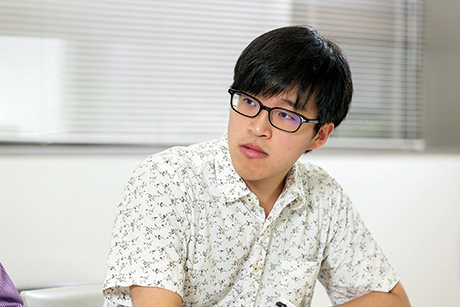
Shota Kurobe
2nd year master's student,
Department of Transdisciplinary Science and Engineering,
School of Environment and Society
With understanding of the region, highlight grassroots disaster prevention
When I was an undergraduate, I was in the Department of International Development Engineering,* which looked at how to interact with developing countries worldwide. I then took some time off and visited about 30 countries, and I realized that I wanted to use my skills more for disaster prevention to safeguard people's lives rather than for development. That's why I knocked on the door at Takagi Lab. I'm currently studying Typhoon Haiyan, which occurred in the Philippines in 2013. Though a storm surge was foreseen, it still resulted in a great deal of harm. One of the reasons for this was that there was no local word for "storm surge," and evacuation was delayed. So I am using results from storm surge analyses, including site survey data, to simulate evacuation and determine how people can be evacuated more safely, including where to locate evacuation centers and when to sound evacuation warnings. Takagi-sensei often tells us that universities, the academic side, must do grassroots research, and he is a powerful force in site surveys. In April next year, I will start working at a company which provides governmental support for disaster prevention in developing countries. I intend to apply what I have learned at Takagi Lab, in terms of both knowledge and understanding of the region, and continue working in disaster prevention around the world.
. Any information published on this site will be valid in relation to Science Tokyo.












